Oil price posts two-year highs - but how long can it last?
Brent rose above $59 a barrel this week, its best third-quarter showing since 2004
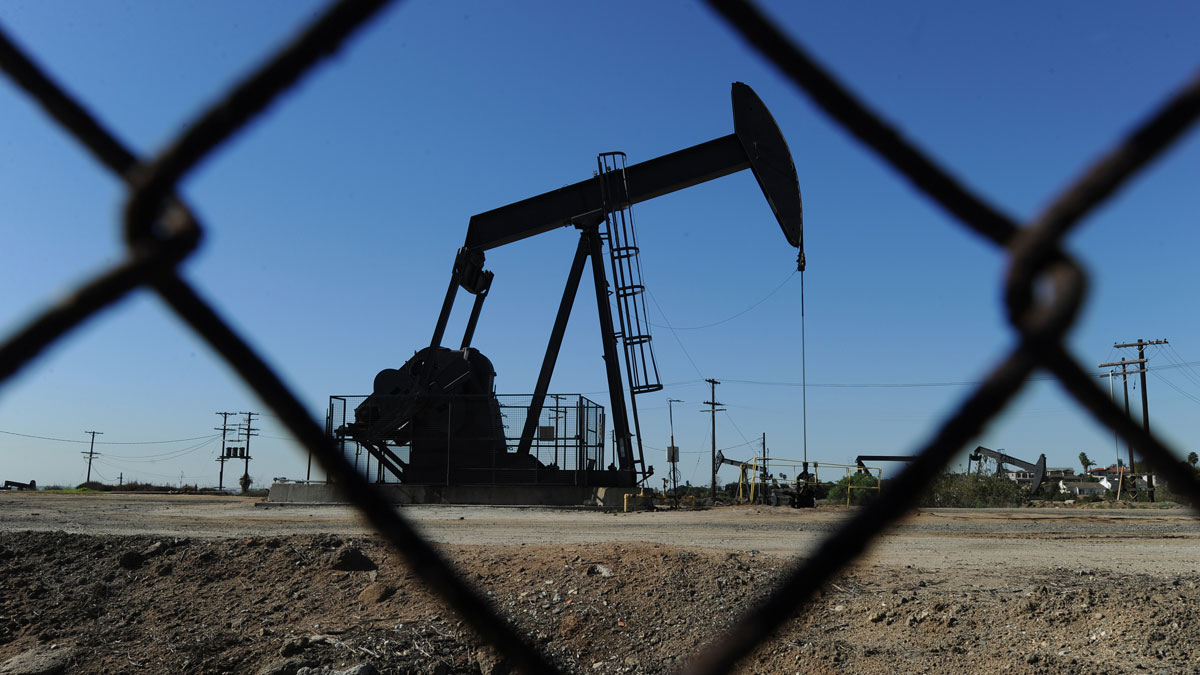
Oil price slump drags discoveries to lowest level in 60 years
24 May
Oil and gas discoveries are at their lowest level since 1952, according to a new report which adds further evidence of the damage wrought by the oil price crash since the summer of 2014.
Morgan Stanley, quoting data from consultancy Rystad Energy, said on Monday that discoveries outside the US had come in at 2.8 billion barrels last year. This rises to 12.1 billion when the US is included, mainly due to the huge resources being unlocked by the disruptive shale oil sector.
The Week
Escape your echo chamber. Get the facts behind the news, plus analysis from multiple perspectives.

Sign up for The Week's Free Newsletters
From our morning news briefing to a weekly Good News Newsletter, get the best of The Week delivered directly to your inbox.
From our morning news briefing to a weekly Good News Newsletter, get the best of The Week delivered directly to your inbox.
However, this total remains the lowest since 1952, the bank added. At that time, says Reuters, "the oil industry was one-seventh of its current size".
The comparison is stark and the consequences are significant. Morgan Stanley reckons that "even under the most modest demand forecasts, driven by a drive to limit global warming to 2 degrees Celsius, where consumption will decline to around 86 million barrels per day in 2030, only around two thirds of the demand can be met" on current trends.
If production begins to fall well short of demand, it could lead to a spike in prices in the decades to come.
This would mark a complete turnaround from the current situation, where excess supply is suppressing oil prices around the world and looks set to do so for some time.
A free daily email with the biggest news stories of the day – and the best features from TheWeek.com
Oil prices fell in London and New York yesterday, marking the fourth consecutive session of losses, reports Reuters. Further drops overnight and this morning left international benchmark Brent crude below $48 a barrel at around 9.30am today, a one-week low.
The fall was driven by the supply glut, despite a preliminary report suggesting that US oil reserves declined last week. However, attention was focused on comments from Iran's oil minister that indicate the country will not participate in a deal to freeze supplies at the next Opec meeting and hopes to add another 200,000 barrels a day in exports by the summer.
Alongside the similarly bullish tone of its regional rival, Saudi Arabia, the largest producer in the world, this suggests that underlying global supply is a long way from returning sustainably into balance.
Oil price: Has rally set a $50 ceiling?
23 May
Speculation has grown that the oil price has set a new ceiling of around $50 a barrel, after recent rallies consistently run aground over fears of ongoing oversupply.
Having hit a seven-month high just 50 cents short of this level last Monday, international oil price benchmark Brent crude has remained in the high $40s. However, it has struggled for momentum and suffered a couple of sharp dips.
The latest came in Asian trading overnight, when it dipped more than one per cent to a little more than $48 a barrel. Prices hovered around this level at around 10am in London today, while Brent's US counterpart, West Texas intermediate, was down 1.1 per cent to $47.90.
Latest concerns over excess supply were fuelled in part by Russian energy minister Alexander Novak comments on Friday that global output still exceeded demand by 1.5 million barrels a day. This is despite Reuters reporting unplanned outages at a five-year high and defies claims from the international watchdog, among others, that rising demand was set to return the market to balance.
Of even greater concern are reports that, for the first time this year, the number of active wells drilling for shale oil in the US stopped declining last week.
Bankruptcies in the sector have been bringing down production in the US, seen as one of the key elements to the supply surfeit being reversed. If drilling is stabilising and new wells coming online, it could indicate that more producers are establishing a lower break-even oil price.
Jonathan Barratt, the chief investment officer at Sydney's Ayers Alliance, said: "We've run up from $44 a barrel on economic growth and outages. Are we now at the top end? Does that mean at $49-$50 a barrel we'll get US oil shale production starting up?"
There is also the stronger dollar, which gained for the third week in a row last week, making oil more expensive for overseas buyers. If the Fed votes to increase rates next month, as looks an increasing possibility, the greenback could surge and oil demand would potentially be hit hard.
Despite this, the oil price remains at the upper end of its recent range and Brent was up overall last week by 1.7 per cent. With supplies down and demand reported to be higher, at least temporarily, there are reasons to believe oil could be as likely to rise as fall in the short term.
"Where the market goes from here though is anyone's guess," writes Michael McDonald on Oilprice.com. "So investors should be prepared for either eventuality."
Oil price rebounds towards $50 as Nigerian outputs hits a 22-year low
23 May
The wider markets are recovering their "poise" this morning, according to the Financial Times, after the oil price shrugged off its pronounced wobble yesterday and rose back towards its seven-month highs.
International oil price benchmark Brent crude fell markedly yesterday after several days hovering around a 2016 peak just short of $50 a barrel, as the latest minutes from the Federal Reserve – and comments from several of its rate-setters – prompted renewed speculation of a possible rates rise as early as next month.
This has prompted a major bounce for the dollar, which will make oil more expensive to overseas buyers and is likely to have a negative effect on demand.
Overnight bullish traders rallied and this morning in London Brent was back above $49 a barrel. This climb comes as news of deepening disruption in key producer countries is renewing hopes of a more balanced global supply that for the past two years has been as much as two million barrels a day in excess of demand.
Reuters reports that "militant activity in the oil-rich Niger Delta has taken out some 500,000 barrels per day of crude oil production from… companies in Nigeria, pushing oil output in Africa's largest-producing nation to more than 22-year lows".
These lows come on top of a slump of 200,000 barrels a day or more from Venezuela amid a worsening economic crisis, as well as continued production declines in the US where shale oil bankruptcies are on the rise due to weak prices. Despite the rebound in Canada following wildfires, global output could be down by as much as 2.5 million barrels.
A similar hit last week failed to prevent oil reserves in the US from rising, so it remains to be seen if the latest bout of optimism will hold. If the dollar continues to rally it could bring renewed downward pressure in the near term, some analysts say.
"The US dollar is gaining momentum, putting extra pressure on the commodity complex as a whole," Nico Pantelis, head of research at Secular Investor, told Market Watch. "Oil could stay under pressure in the coming days, even weeks."
Oil price takes hit as dollar fears realised
19 May
Despite the forecasts, it seems the oil price is not set to break the psychologically important $50 barrier in the immediate future after all.
Having risen to a seven-month high just 50 cents short of that level earlier this week and held its ground ever since, international oil price benchmark Brent crude fell back sharply overnight. At around 10am in London this morning, it had dropped by more than two per cent to $47.86 a barrel, while its US counterpart West Texas Intermediate was down 1.9 per cent at $47.28.
Recent strong gains came in the wake of major disruptions to global supplies, which analysts (including the hitherto bearish Goldman Sachs) estimated would, at least temporarily, erase the glut in daily production that has persisted for two years.
Other experts warned that this could prove short-lived, with the likes of Saudi Arabia and Iran ramping up activity and the hit to output in Canada as a result of wildfires being quickly resolved. Some analysts even warned that oil could be set for a sharp reversal in the event of the dormant US dollar staging a comeback. This would make oil more expensive around the world.
Last week Jim Ritterbusch, of Chicago-based oil markets consultancy Ritterbusch & Associates, told Reuters that oil was heading for a "hard fall next month" as a result of a "potential dollar rally or weak Chinese economic data".
This is precisely what happened yesterday. Minutes from the Federal Reserve's latest policy meeting in April reveal that "most members" could back a new rise in rates as soon as next month if economic data remains strong. The news comes hot on the heels of recent reports pointing to a rise in US inflation, industrial production, construction, consumer spending and overall economic growth.
The Financial Times notes that the dollar moved to its highest level since early March overnight and this contributed to oil turning sharply negative. The Wall Street Journal says it was "on track" to hit a new 2016 high in early trading in New York, but in the event it fell markedly.
Adding to this negative mood is the latest report from the Energy Information Administration which says that US crude oil stockpiles rose to 1.3 million barrels last week. This has confounded expectations of a second consecutive fall and comes in spite of the huge drop in global supply, undermining claims that the market has decisively rebalanced.
The investment bank BNP Paribas says the rise to near-$50 a barrel means oil has moved "too high, too far, too soon". It added: "The much-anticipated rebalancing of the market may take more time."
Some traders remain optimistic, however. Chris Jarvis, an analyst at Caprock Risk Management in Frederick, Maryland, told the Daily Mail that the EIA data also pointed to a rise in demand for derivative products such as gasoline and that this could even "give a bullish bias" to the report.
Oil price holding ground as focus switches to 'dark horses'
18 May
All eyes are on the oil price to see if it can decisively break resistance around $50 a barrel. Should this happen, some experts reckon this could set in motion a more sizeable rally that would almost certainly act as a catalyst on wider markets.
The ceiling appears to be set for now. Having hit around $49.50 on Monday and hovered only marginally below this level through much of Tuesday, international benchmark Brent crude dipped 0.4 per cent to close to the $49 mark shortly after 9am this morning in London.
The substantial rally of recent sessions – oil is now around 70 per cent up on its February low – has been driven by fundamental supply considerations. Namely, a three million barrel a day hit to output across Canada, Nigeria and Venezuela that could swing the market back into balance.
Now the price is being hit by more technical market turbulence.
Writing on Oilprice.com, energy sector consultant Rakesh Upadhyay notes that "oil producers and merchants have increased their short positions to the highest levels since September 2011".
This means industry insiders are betting against the price in the near future and could cap gains at around $50 a barrel.
On DailyFX, Tyler Yell also acknowledges resistance at around the $50 a barrel mark, as traders and automated systems sell out of rallies around this level. Yell adds, however, that an increase in the 200-day moving average oil price for the first time in two years could be an indicator that a "larger… bull market is beginning to grow roots, strong roots".
Harking back to those supply fundamentals, some experts foresee problems for the oil price in the months ahead if it does break out.
Upadhyay points to the "dark horses" of rising Iranian production post-international sanctions and, more importantly, US shale oil. Writing in the Financial Times, Ed Crooks says there is a consensus that "if oil prices stay above $50 for any length of time — and even more if they stay above $60 — US producers will start putting rigs back to work".
"The 'frackers' kept a lid on oil prices in the first half of the decade and if their promises can be believed they will do the same in the second half as well," says Crooks.
-
 Antibiotic resistance: the hidden danger on Ukraine’s frontlines
Antibiotic resistance: the hidden danger on Ukraine’s frontlinesUnder The Radar Threat is spreading beyond war zones to the ‘doorstep’ of western Europe
-
 ‘Capitalism: A Global History’ by Sven Beckert and ‘American Canto’ by Olivia Nuzzi
‘Capitalism: A Global History’ by Sven Beckert and ‘American Canto’ by Olivia NuzziFeature A consummate history of capitalism and a memoir from the journalist who fell in love with RFK Jr.
-
 Who will the new limits on student loans affect?
Who will the new limits on student loans affect?The Explainer The Trump administration is imposing new limits for federal student loans starting on July 1, 2026
-
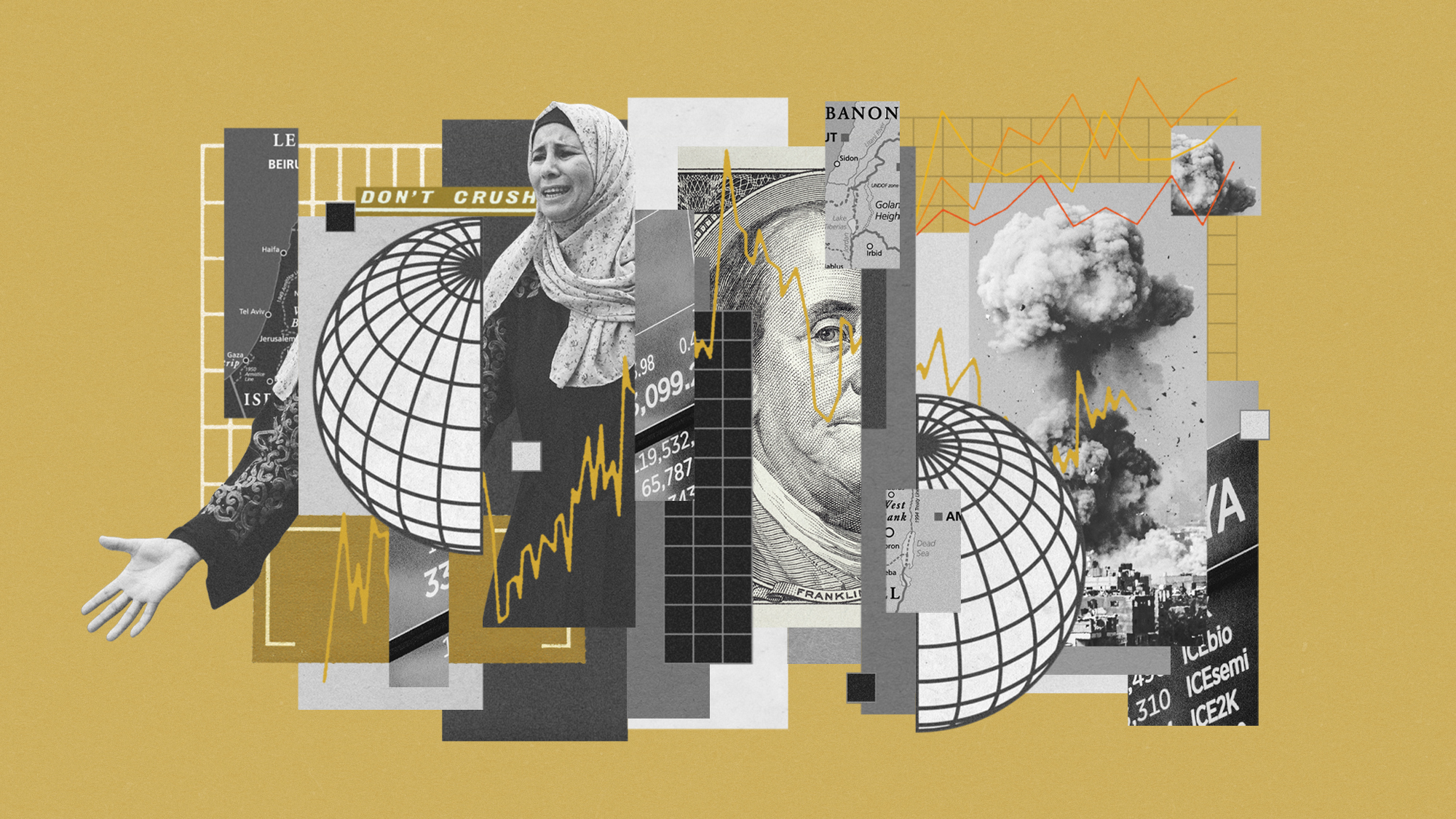 How might the Israel-Hamas war affect the global economy?
How might the Israel-Hamas war affect the global economy?Today's Big Question Regional escalation could send oil prices and inflation sky-high, sparking a worldwide recession
-
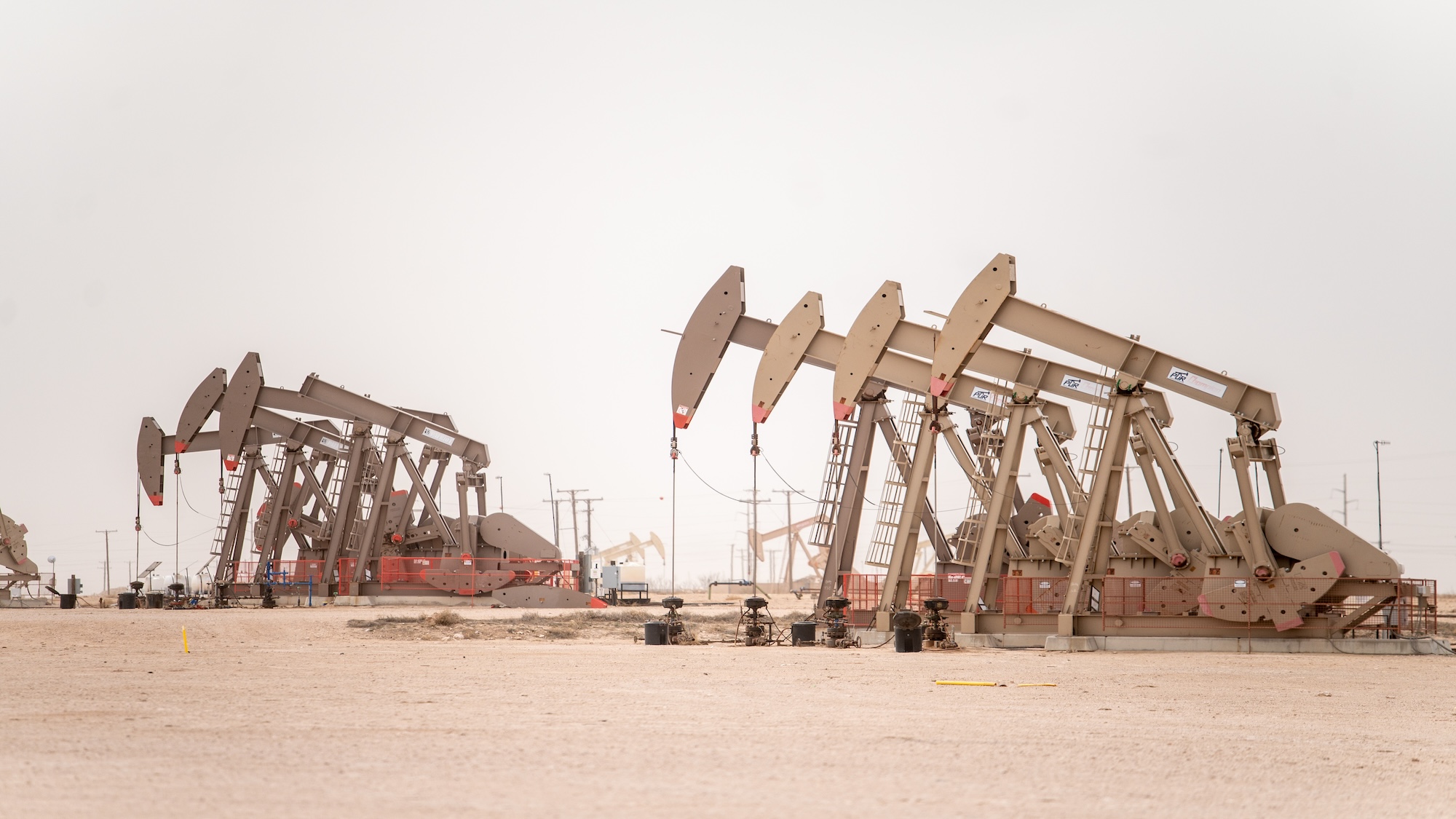 Recent mega-mergers could signal a turning point for the US oil industry
Recent mega-mergers could signal a turning point for the US oil industryTalking Point Both Chevron and Exxon have recently spent billions to acquire smaller oil companies
-
 Has Saudi Arabia lost control of oil prices?
Has Saudi Arabia lost control of oil prices?Today's Big Question Kingdom goes it alone to cut production, risking tension with US and reigniting cooling inflation in Europe
-
 US angered by Opec+ oil cut
US angered by Opec+ oil cutSpeed Read Energy prices to rise further as producers slash supply by two million barrels a day
-
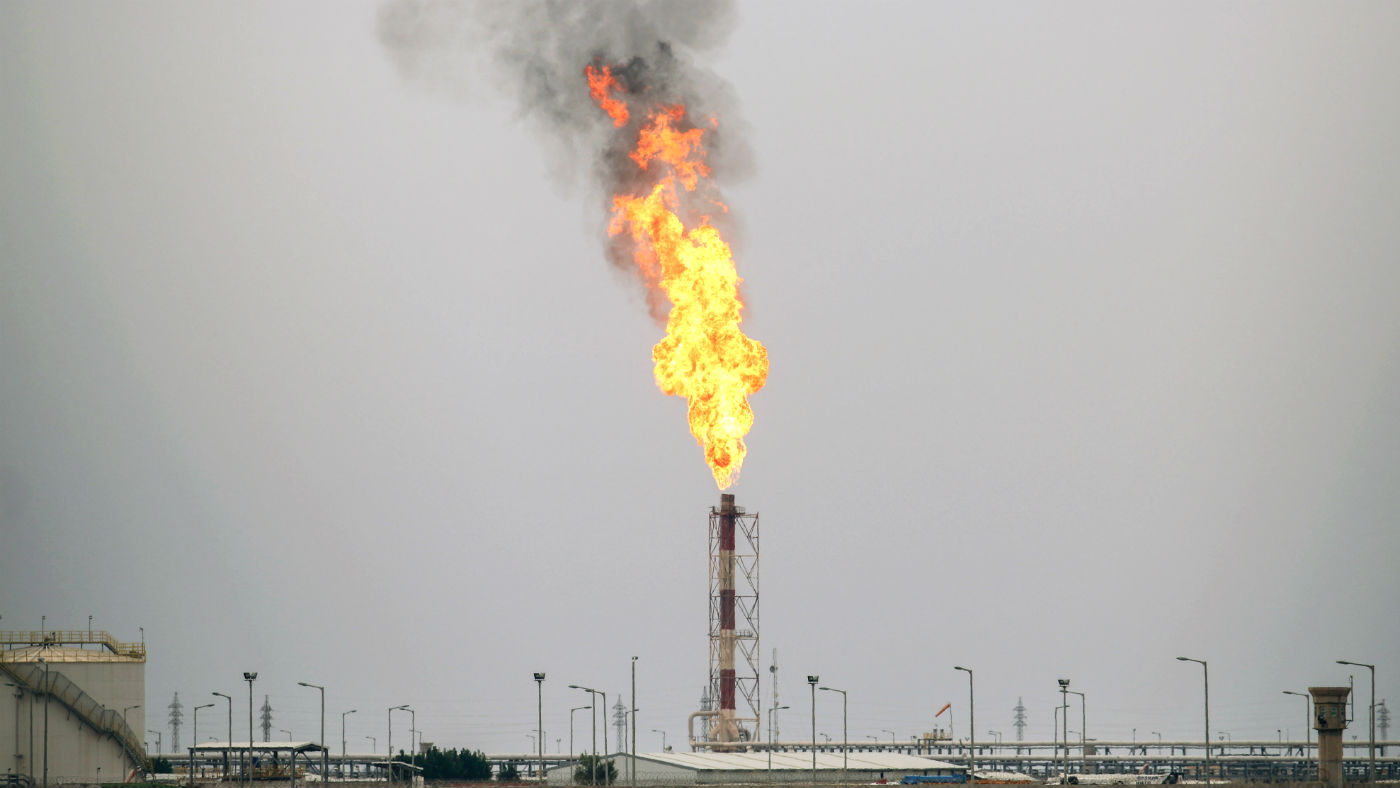 Global oil demand forecast lowered for 2020 and 2021
Global oil demand forecast lowered for 2020 and 2021Speed Read IEA report says jet fuel demand remains the major source of weakness
-
 Are US-Iran tensions flaring again?
Are US-Iran tensions flaring again?In Depth Trump threatens military action over Twitter
-
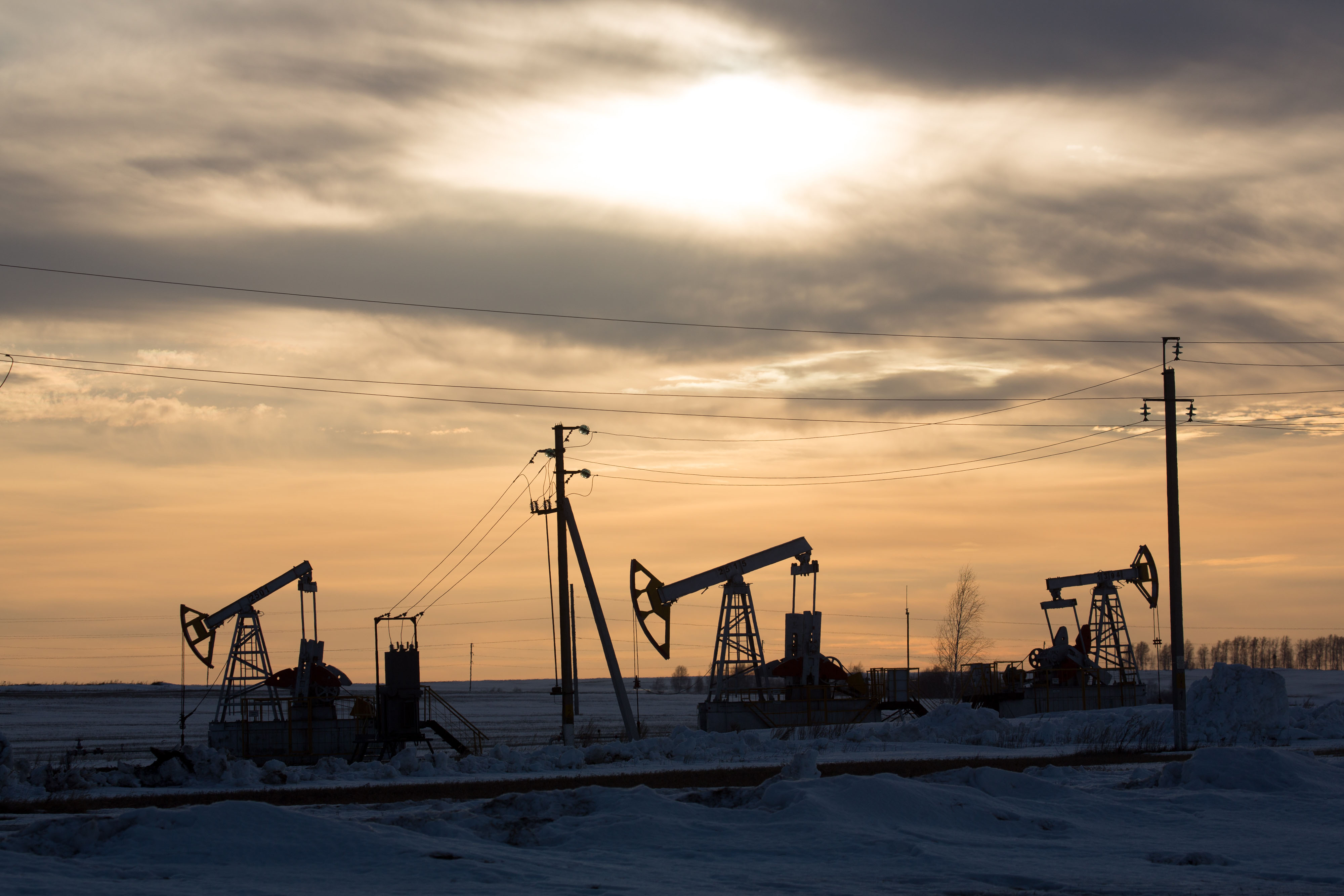 Can a deal be struck to raise oil prices?
Can a deal be struck to raise oil prices?In Depth Opec+ will convene today over video link in a bid to boost crude
-
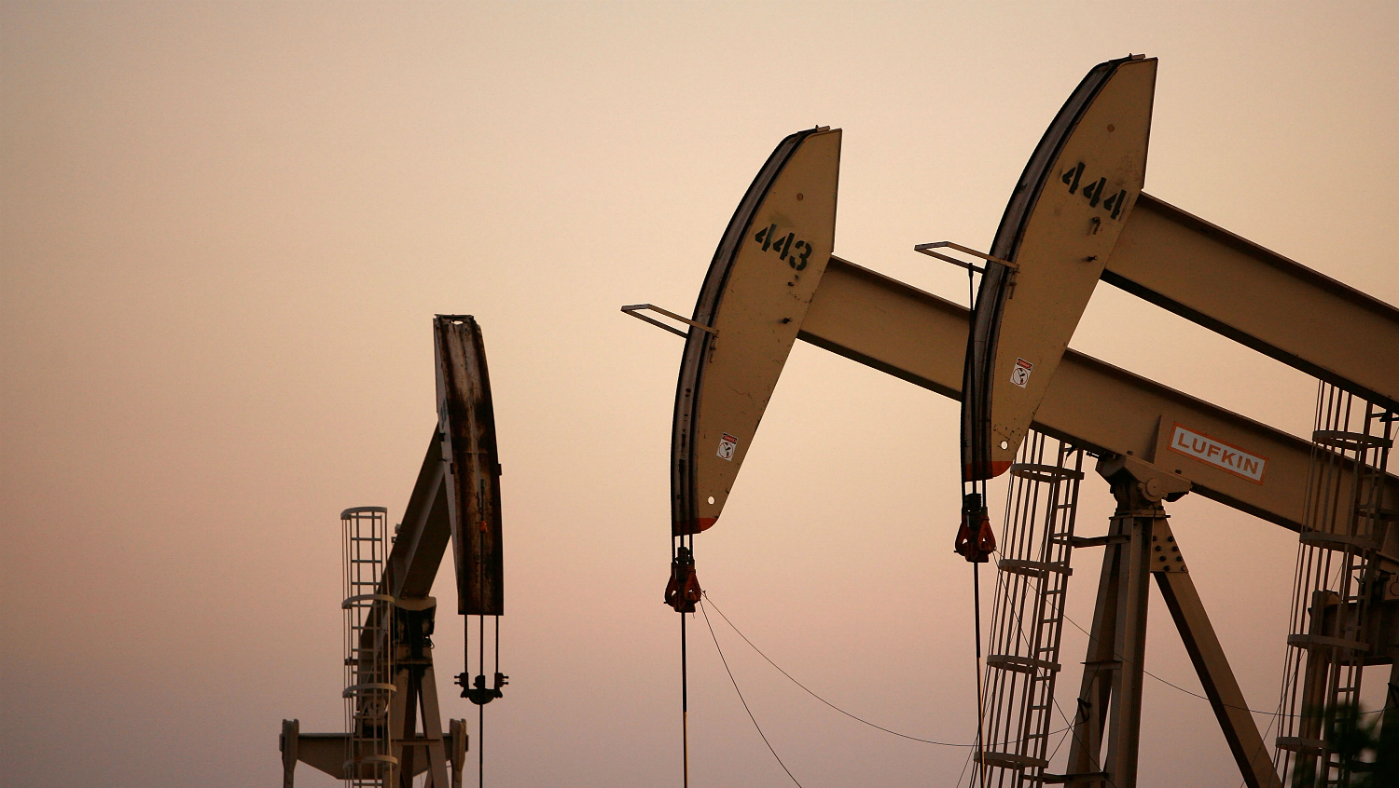 What do negative oil prices mean?
What do negative oil prices mean?In Depth Perfect storm of oversupply and storage shortages sees producers paying to get rid of US crude